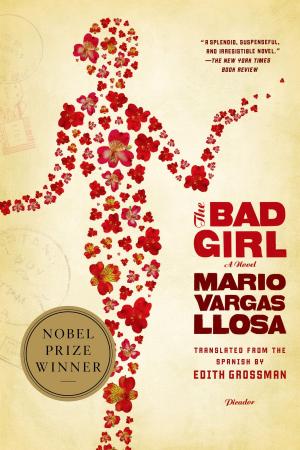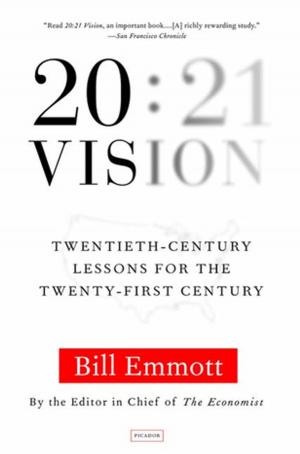The Great Funk
Falling Apart and Coming Together (on a Shag Rug) in the Seventies
Nonfiction, Art & Architecture, General Art, Criticism| Author: | Thomas Hine | ISBN: | 9781429924153 |
| Publisher: | Farrar, Straus and Giroux | Publication: | March 31, 2009 |
| Imprint: | Sarah Crichton Books | Language: | English |
| Author: | Thomas Hine |
| ISBN: | 9781429924153 |
| Publisher: | Farrar, Straus and Giroux |
| Publication: | March 31, 2009 |
| Imprint: | Sarah Crichton Books |
| Language: | English |
In the sixties, as the nation anticipated the conquest of space, the defeat of poverty, and an end to injustice at home and abroad, no goal seemed beyond America's reach.
Then the seventies arrived-bringing oil shocks and gas lines, the disgrace and resignation of a president, defeat in Vietnam, terrorism at the 1972 Munich Olympics, urban squalor, bizarre crimes, high prices, and a bad economy. The country fell into a great funk.
But when things fall apart, you can take the fragments and make something fresh. Avocado kitchens and Earth Shoes may have been ugly, but they signaled new modes of seeing and being. The first generation to see Earth from space found ways to make life's everyday routines-eating, keeping warm, taking out the trash-meaningful, both personally and globally. And many decided to reinvent themselves.
In Populuxe, a "textbook of consumerism in the Push Button Age" (Alan J. Adler, Los Angeles Times), Thomas Hine scrutinized the looks and life of the 1950s and 1960s, revealing the hopes and fears expressed in that era's design. In the same way, The Great Funk: Falling Apart and Coming Together (on a Shag Rug) in the Seventies maps a complex era by looking at its ideas, feelings, sex, fashions, textures, gestures, colors, demographic forces, artistic expressions, and other phenomena that shaped our lives. Hine gets into the shoes and heads of those who experienced the seventies-exploring their homes, feeling the beat of their music, and scanning the ads that incited their desires.
But The Great Funk is more than a lavish catalogue of seventies culture: it's a smart, informed, lively look at the "Me decade" through the eyes of the man House & Garden called "America's sharpest design critic."
In the sixties, as the nation anticipated the conquest of space, the defeat of poverty, and an end to injustice at home and abroad, no goal seemed beyond America's reach.
Then the seventies arrived-bringing oil shocks and gas lines, the disgrace and resignation of a president, defeat in Vietnam, terrorism at the 1972 Munich Olympics, urban squalor, bizarre crimes, high prices, and a bad economy. The country fell into a great funk.
But when things fall apart, you can take the fragments and make something fresh. Avocado kitchens and Earth Shoes may have been ugly, but they signaled new modes of seeing and being. The first generation to see Earth from space found ways to make life's everyday routines-eating, keeping warm, taking out the trash-meaningful, both personally and globally. And many decided to reinvent themselves.
In Populuxe, a "textbook of consumerism in the Push Button Age" (Alan J. Adler, Los Angeles Times), Thomas Hine scrutinized the looks and life of the 1950s and 1960s, revealing the hopes and fears expressed in that era's design. In the same way, The Great Funk: Falling Apart and Coming Together (on a Shag Rug) in the Seventies maps a complex era by looking at its ideas, feelings, sex, fashions, textures, gestures, colors, demographic forces, artistic expressions, and other phenomena that shaped our lives. Hine gets into the shoes and heads of those who experienced the seventies-exploring their homes, feeling the beat of their music, and scanning the ads that incited their desires.
But The Great Funk is more than a lavish catalogue of seventies culture: it's a smart, informed, lively look at the "Me decade" through the eyes of the man House & Garden called "America's sharpest design critic."















